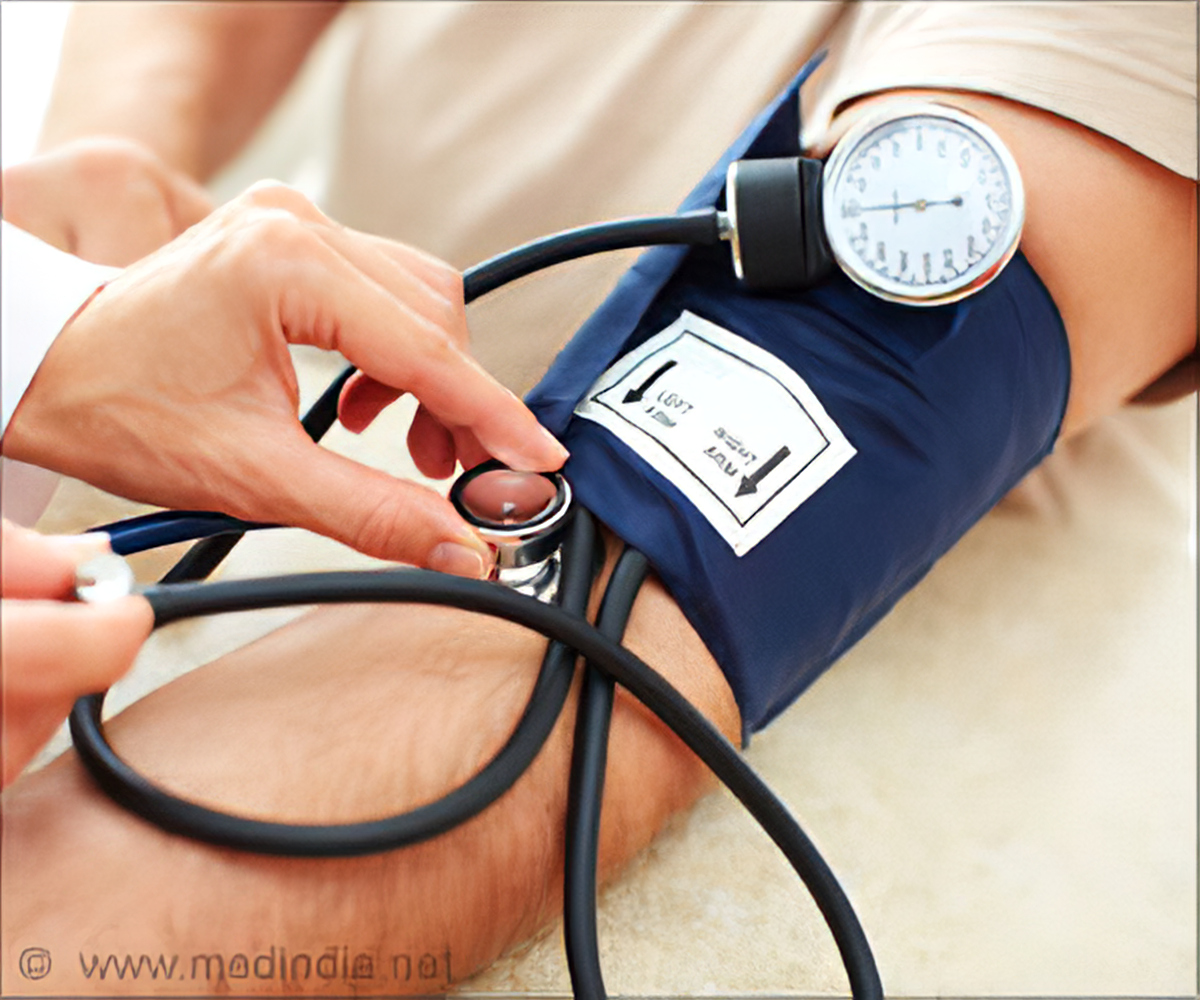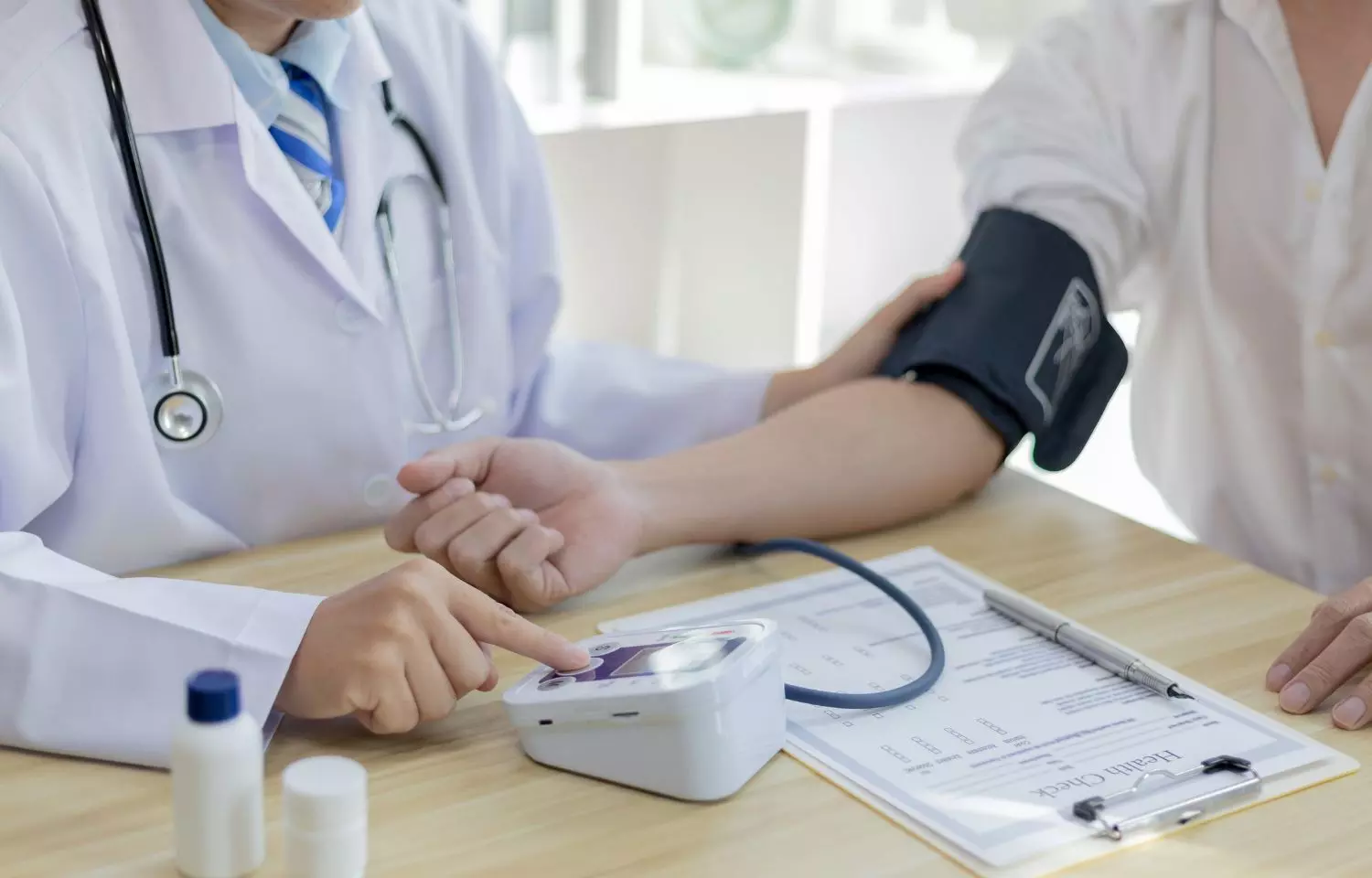Monitoring blood pressure from the comfort of your home has become an integral part of modern healthcare. It empowers individuals to actively engage in their well-being and provides valuable insights for healthcare providers. However, achieving accurate readings requires more than just a measurement device; a systematic approach is crucial. In this article, we’ll guide you through the essential steps to ensure precise blood pressure monitoring at home.

Selecting the Right Device
Choosing the right blood pressure monitor is the first step toward accurate readings. Opt for a validated automatic device that measures blood pressure at the upper arm, as these tend to be more reliable than wrist or finger monitors. Look for a seal of approval from reputable medical associations to ensure its accuracy.
Timing Matters
The timing of your blood pressure measurement can significantly influence the results. Aim to measure your blood pressure at the same time each day, preferably in the morning before you’ve had any caffeine or engaged in vigorous activity. It’s also important to use the restroom beforehand, as a full bladder can slightly elevate readings.

Create a Relaxing Environment
Prior to taking your blood pressure reading, locate a calm and cozy area to situate yourself. Maintain an upright posture, ensuring your spine is well-supported, and place your feet evenly on the floor’s surface. Gently place your arm on a table or armrest, making certain it aligns with the height of your heart.

Avoid Interferences
Refrain from smoking, consuming caffeine, or engaging in intense physical activity for at least 30 minutes before taking your blood pressure. These factors can temporarily elevate your readings and provide inaccurate results.
Rest for a Few Minutes
Allow your body to settle by resting quietly for about 5 minutes before taking a reading. This helps stabilize your heart rate and blood pressure, leading to more accurate measurements.

Proper Cuff Placement
Place the blood pressure monitor’s cuff comfortably around your upper arm, positioning it approximately one inch above your elbow. Adjust the cuff’s tightness so it remains secure without causing constriction. Confirm that the tubing is properly aligned with the inner section of your arm, running along the center.

Multiple Measurements
For the most accurate assessment, take multiple readings. Start by taking a reading on one arm, then repeat the process on the other arm. Take two or three readings on each arm, with a minute or two of rest in between. Record all the readings to later calculate an average.

Note Your Readings
Keep a log of your blood pressure readings, including the date, time, and measurements. This historical data helps both you and your healthcare provider identify trends, fluctuations, or potential issues over time.
Stay Consistent
Consistency is key when monitoring your blood pressure at home. Try to follow the same routine every day, including timing, environment, and positioning, to obtain reliable and comparable measurements.
Consult Your Healthcare Provider
Regularly share your blood pressure log with your healthcare provider. They can analyze the data, offer insights, and make necessary adjustments to your treatment plan if needed.
Conclusion
Engaging in home blood pressure monitoring serves as a preemptive strategy for overseeing your cardiovascular well-being. Adhering to these fundamental guidelines guarantees the precision and dependability of the acquired measurements. Always bear in mind that your dedication to upholding a steady regimen and openly communicating your data with your medical professional can actively enhance your holistic state of health.
Read More:- 12 Exceptional Strategies to Effortlessly Reduce Stress
Read More:- Elevate Your Health Protection: Unveiling the Advantages of Care Supreme Health Insurance


